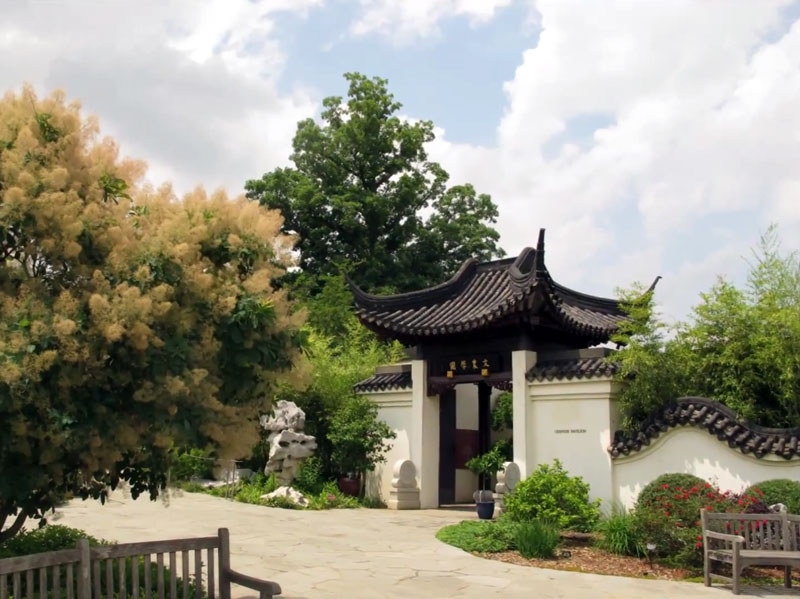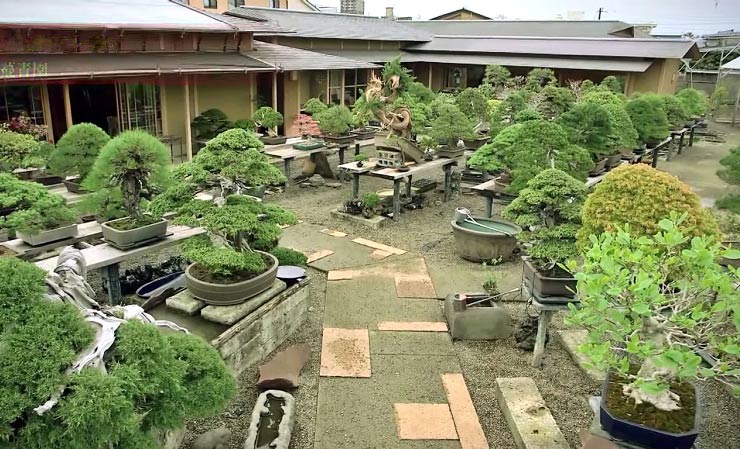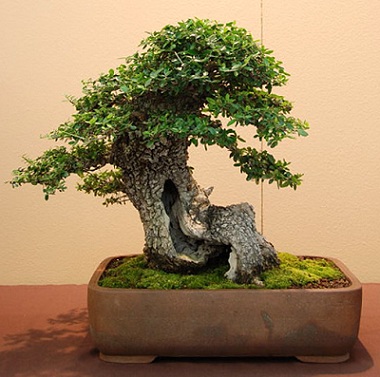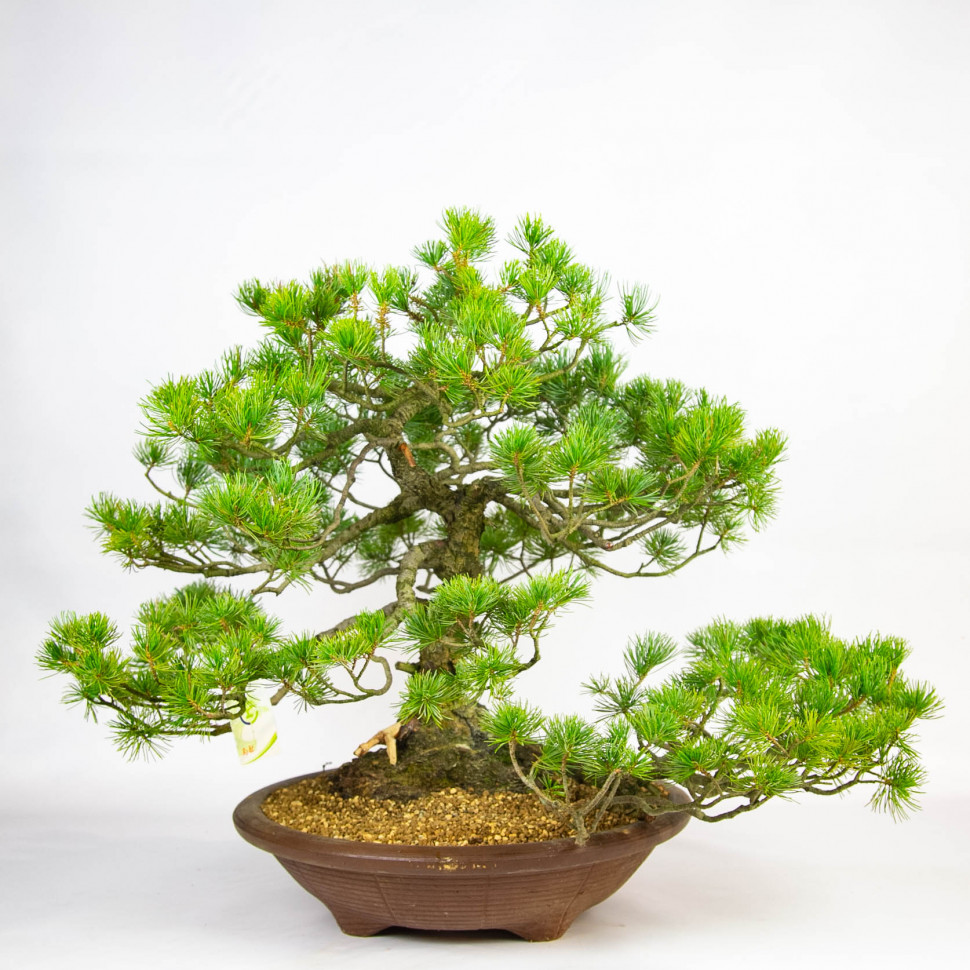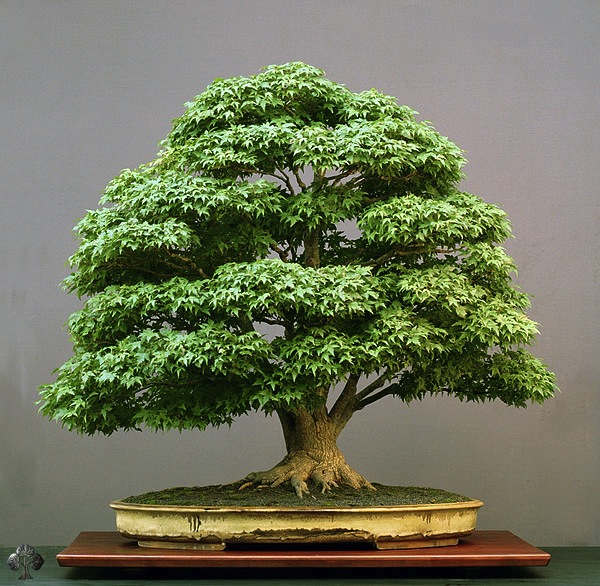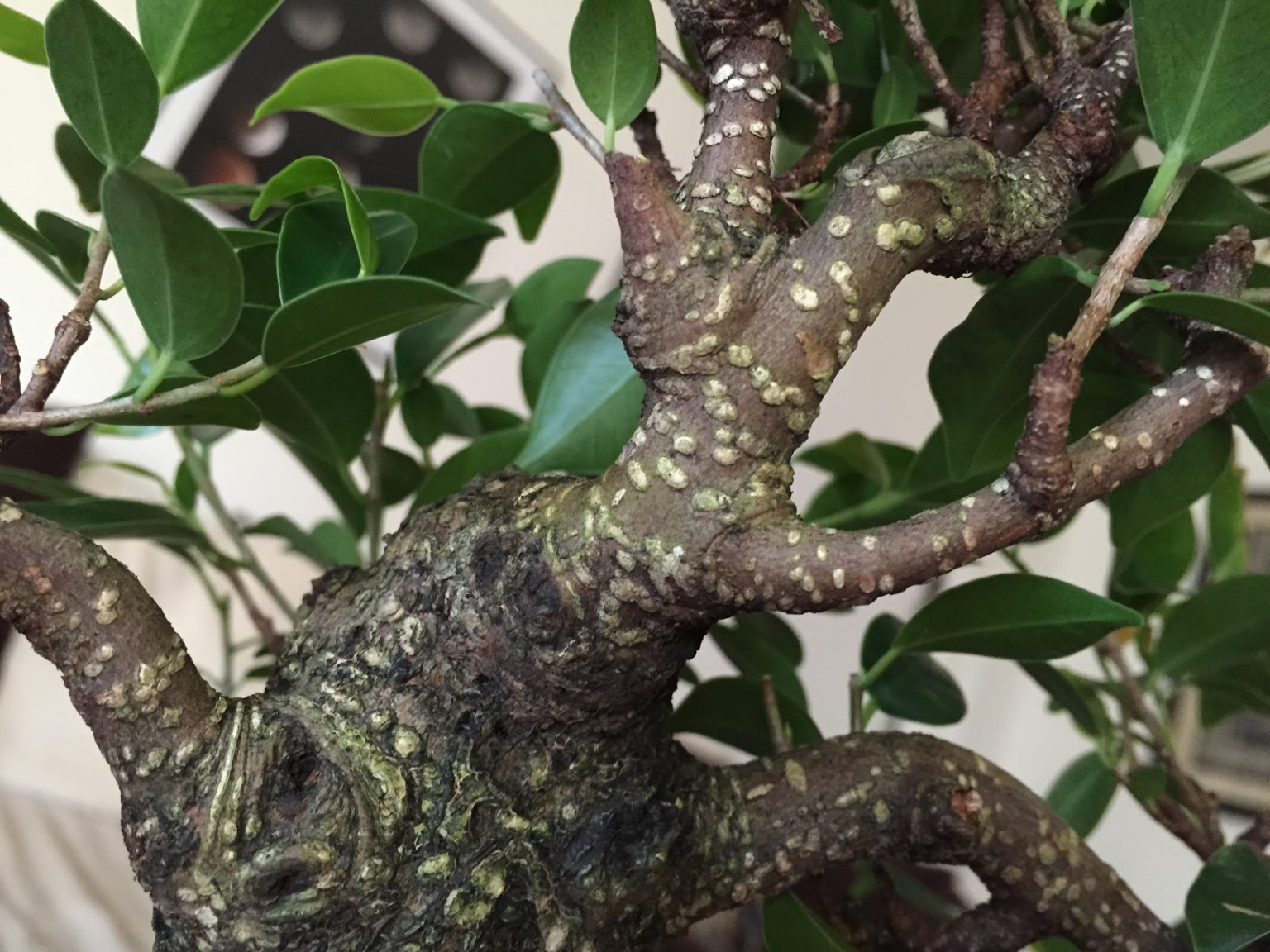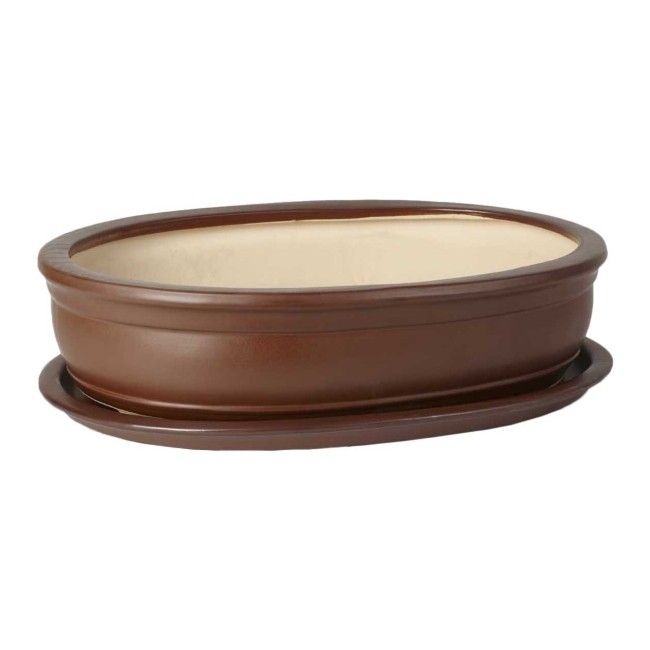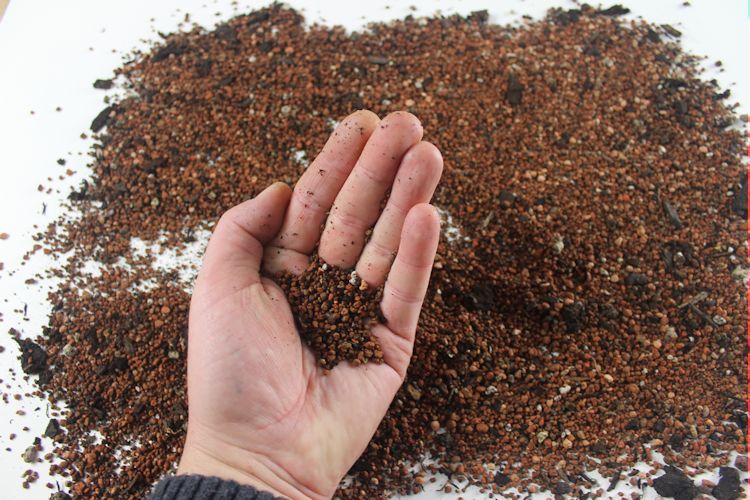Kakemono is a paper or silk scroll that is placed on the wall of a room on a special base. Along the edges of the base are rollers for rolling the scroll. Kakemono can have a picture or hieroglyphs applied to it.
Kakemono Paintings
Even if you haven't heard anything aboutkakemono, you've probably seen it. If not in person, then in movies and travel shows. Vertical scrolls with hieroglyphs or simple plots often accompany traditional Japanese interiors. And the architectural styleshoin-zukuriwithout kakemono it simply cannot exist.
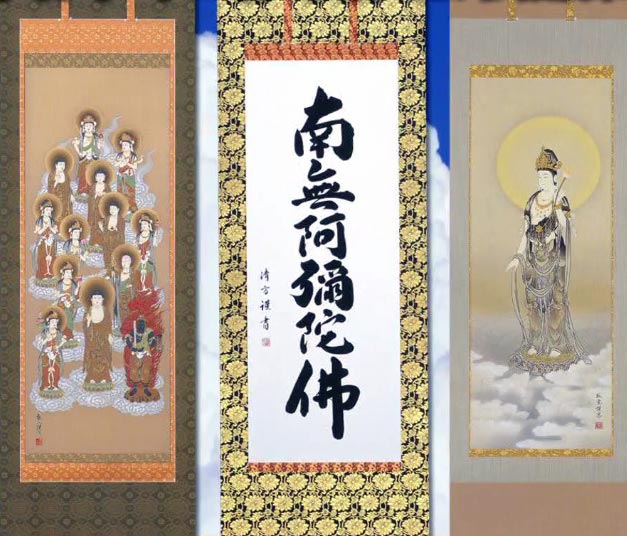
Paper or silk canvases are secured at the edges on two bamboo rollers. Sometimes the rollers are replaced with ordinary wooden sticks. The canonical kakemono is made of rice paper, painted with ink using the suibokuga technique (painting with ink and water) and stretched between polished bamboo rollers. The decoration is placed in special niches - tokonoma, or hung directly on the wall.
Story
Like many components of Japan's cultural heritage, the art of kakemono has its roots in Ancient China. The type of graphics that formed the basis of kakemono originated around 618 during the Tang Dynasty. The monochrome painting technique was called sumi-e. In the 14th century, on the wave of Zen Buddhism, it burst into Japan in the form of suibokuga.Suibokuga– is the art of emptiness. Using lines and strokes, the artist creates an elegant painting with ink that each viewer sees in their own way.

The first subjects were landscapes of the sacred Mount Fuji, flowering branchessakura, images of birds.
Ink painting requires pinpoint precision, so when a thin scroll was brought as a gift, the owner considered it a great honor and cherished it like the apple of his eye (it was not customary to display it). It is not known when and who came up with the idea of adapting painted scrolls for interior decoration. However, by the beginning of the 15th century, scrolls began to be hung inside home altars on major holidays, and after several more centuries, kakemono finally found a home in tokonoma niches.

Symbolism
Kakemono is closely intertwined with engraving and the art of calligraphy. Along with landscapes, haiku poems and sayings of sages were also applied to silk. The latter were of particular value, as they were made to order with the aim of influencing the fate of a person or even an entire family. The paintings were placed within the visibility of their owner and were supposed to serve as his daily motto. Depending on the content of the text, a person was supposed to be nourished, healthy, find a life partner, temper his will or, on the contrary, become softer and more tolerant.
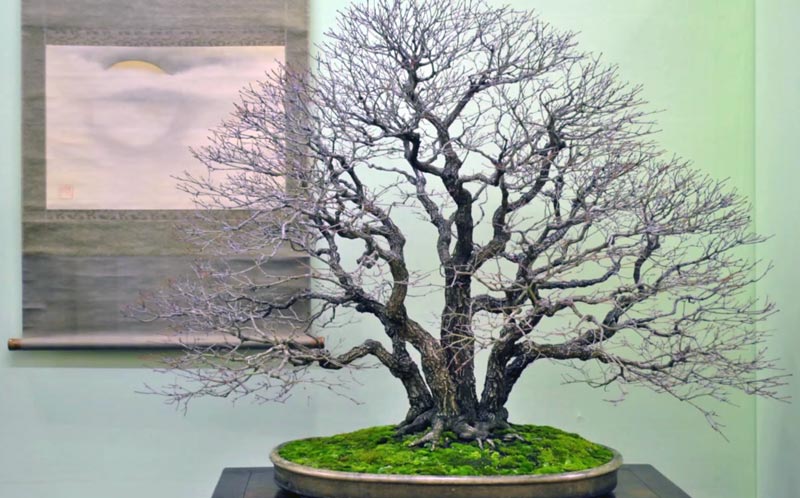
Kakemono with hieroglyphs was considered sacred, and the place where the guest sat with his back to it was the most honorable. The scroll in the tokonoma was often complemented by ikebana, next to which an incense burner was placed. Also, it is not uncommon to see kakemono in the background of an exhibition with bonsai or ikebana.

There is a whole science dedicated to the influence of kakenomo on a person. A hand-painted scroll has a powerful energy that can attract missing elements into the life of the person asking. Thus, a kakenomo with an image is considered a wealth talisman.koi carp, and the two mandarin ducks on the canvas are meant to protect family happiness (or help you meet your soulmate).
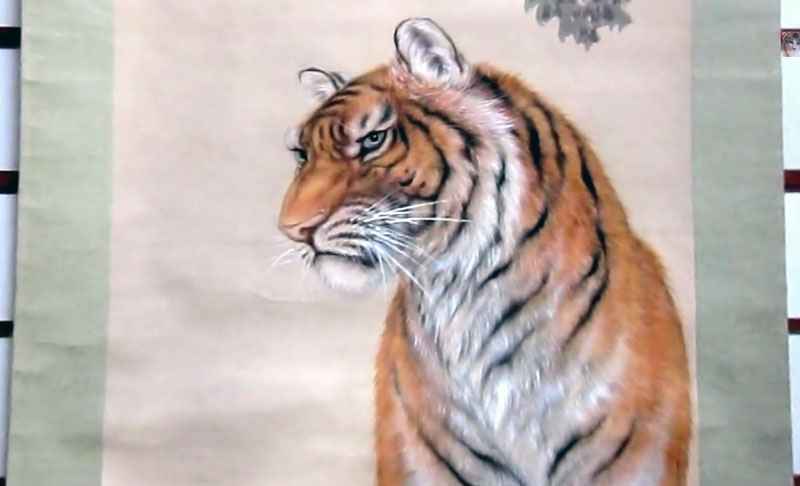
Kakemono today.
In the modern world, where kakemono are printed on a color printer and sold for a few yen apiece, handicrafts are valued even more than in ancient times. Artists mainly transfer to canvas prints of famous masters: Watanabe Seitei, Katsushika Hokusai, Ukiyo-e. For example, a kakemono with a copy of the print "Victorious Wind. Clear Day" can be found in almost every third Japanese home. The work is part of the series of Hokusai's prints "Thirty-six Views of Fuji". Other famous prints embodied in kakemono: "Mountain Pass in Koshu", "Noboto Bay", "Lower Reaches of the Meguro River", as well as Seitei's prints from the album "Birds and Flowers of Seitei".
In the process of making the drawings, ink, water-based paints, rice paper/silk, and a thick burlap base are used.

